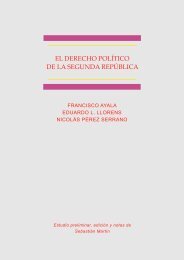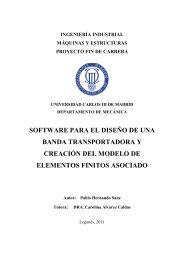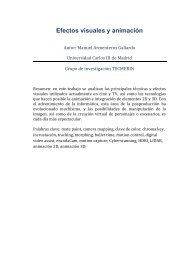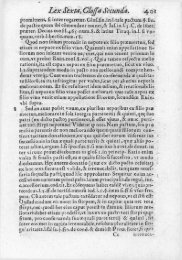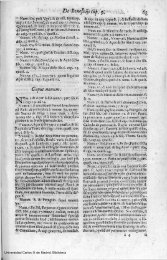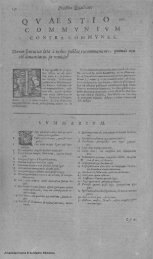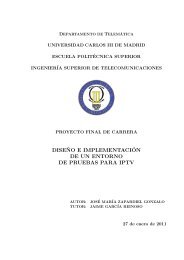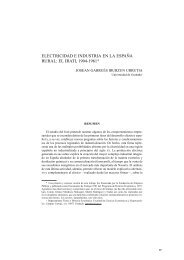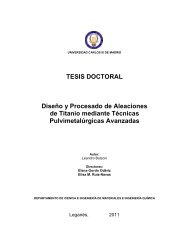Land tenure inequality, harvests, and rural conflict ... - e-Archivo
Land tenure inequality, harvests, and rural conflict ... - e-Archivo
Land tenure inequality, harvests, and rural conflict ... - e-Archivo
You also want an ePaper? Increase the reach of your titles
YUMPU automatically turns print PDFs into web optimized ePapers that Google loves.
I approach the problem of <strong>rural</strong> <strong>conflict</strong> in Spain from a regional perspective<br />
because official, aggregate data on <strong>conflict</strong> are incomplete <strong>and</strong> biased for the period.<br />
The paucity of evidence has led several historians to try to reconstruct detailed local<br />
or micro-regional histories of protest (among other examples, Mintz, 1994; del Rey,<br />
2008). However, this strategy, while providing a privileged microscopic view of the<br />
deployment of local collective action, is prone to large selection biases. In general,<br />
towns are selected because <strong>conflict</strong> was more intense there than in other towns or<br />
because the town was special for other reasons. In order to avoid selection biases, this<br />
paper takes the middle way of a detailed macro-regional perspective, allowing me to<br />
go beyond the special cases while keeping the necessary details about <strong>conflict</strong>s <strong>and</strong><br />
their context.<br />
INSERT MAP 1<br />
Using a new panel data set of local <strong>rural</strong> <strong>conflict</strong> in three provinces of the<br />
South of Spain, I exploit the local distribution of <strong>conflict</strong> <strong>and</strong> its timing to identify the<br />
factors driving <strong>rural</strong> <strong>conflict</strong> during the Second Republic. My explanation stresses the<br />
“political opportunities” window (McAdam, Tarrow, <strong>and</strong> Tilly, 2001; Goodwin,<br />
2001; Goodwin <strong>and</strong> Jasper, 2011; Tilly, 1964, 1986) in which the focus is in the<br />
interplay between actors, the state <strong>and</strong> local <strong>and</strong> national political institutions. The<br />
main conclusion of the paper is that the pattern of <strong>conflict</strong> analyzed here is consistent<br />
with “polity process” explanations <strong>and</strong> not with “grievance-based” explanations. In<br />
1930s Spain, like in other studies of peasant rebellion, peasant <strong>conflict</strong> was obviously<br />
affected by <strong>inequality</strong> <strong>and</strong> poverty, but did not closely correlate with these variables<br />
(Rudé <strong>and</strong> Hobsbawm, 1973; Markoff, 1996). Conflict was linked instead to the<br />
4



